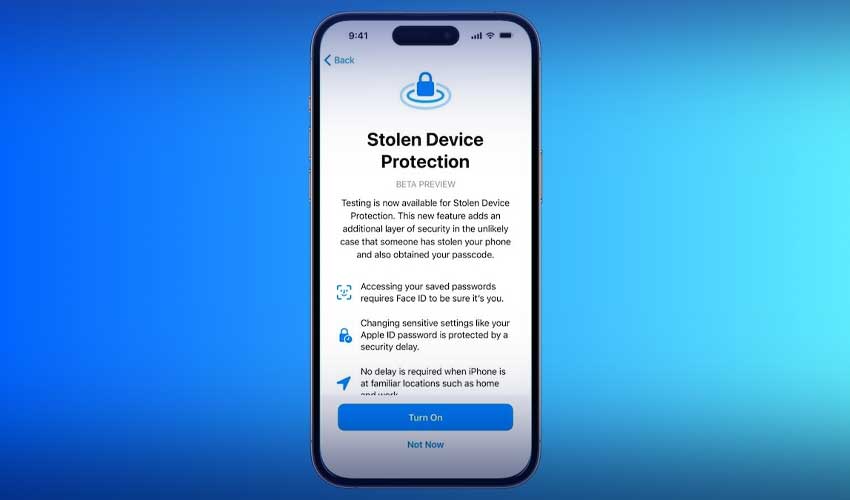Apple has just rolled out the inaugural iOS 17.3 beta to testers, unveiling a crucial security addition for iPhones known as Stolen Device Protection.
Given the pricey nature of iPhones, they have become prime targets for theft. Frequently, stolen iPhones end up dismantled for spare parts or shipped globally.
This is because thieves often find it challenging to unlock the device without the passcode. Attempts at enforcement, where they threaten to leak user data unless provided with the passcode, are prevalent but useless.
Succumbing to such scare tactics is ill-advised, as the data remains inaccessible without the passcode. Compliance only facilitates unlocking and resale of the stolen phone.
Also read: iPhone 15 charging slowly? How to fast charge it with USB-C
Earlier this year, a report by The Wall Street Journal highlighted a new tactic employed by thieves. They observe potential victims in public places, spying on passcodes.
Once an iPhone is stolen, they use the acquired passcode to reset the victim's Apple ID password, disable Find My, and access sensitive information.
Apple aims to counteract such breaches with the introduction of the Stolen Device Protection feature.
Activating this feature adds an extra layer of security, requiring Touch ID or Face ID for actions like changing the Apple ID password, turning off Lost Mode, or deleting all data.
Notably, there is no passcode fallback, making it harder for thieves to bypass biometric authentication.
Also read: Apple iPhone 16 Pro series to feature tetraprism camera
Certain settings, like altering the Apple ID password, incorporate a security delay. After attempting a modification, users must authenticate with Face ID or Touch ID and wait for an hour before needing to re-authenticate.
This delay is waived if the iPhone is within familiar locations, such as home or work.
To enable Stolen Device Protection on iOS 17.3:
1. Navigate to the Settings app > Face ID & Passcode.
2. Enable Stolen Device Protection.
According to MacRumors, this feature is expected to be available for iPhone XS and newer models in January or February.
It serves as a crucial safeguard, allowing users to replace their iPhones while preserving invaluable files, photos, and emails.
In related updates, Apple recently released iOS 17.2 to the stable channel, accompanied by the debut of the Journal app.



























